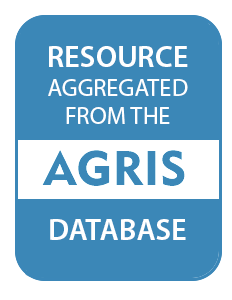Wind farm land suitability indexing using multi-criteria analysis
Wind farm siting can be considered as Multi Criteria Decision Making (MCDM) problem that consists of set of alternative locations and set of selection criteria. This study applied multi-criteria decision making approach using Analytical Hierarchy Process with Ordered Weigh Averaging AHP-OWA aggregation function to derive wind farm land suitability index and classification under Geographical Information System (GIS) environment. Linguistic quantifier’s version of AHP-OWA aggregation function was used to classify lands based on their suitability for wind farm installation.

